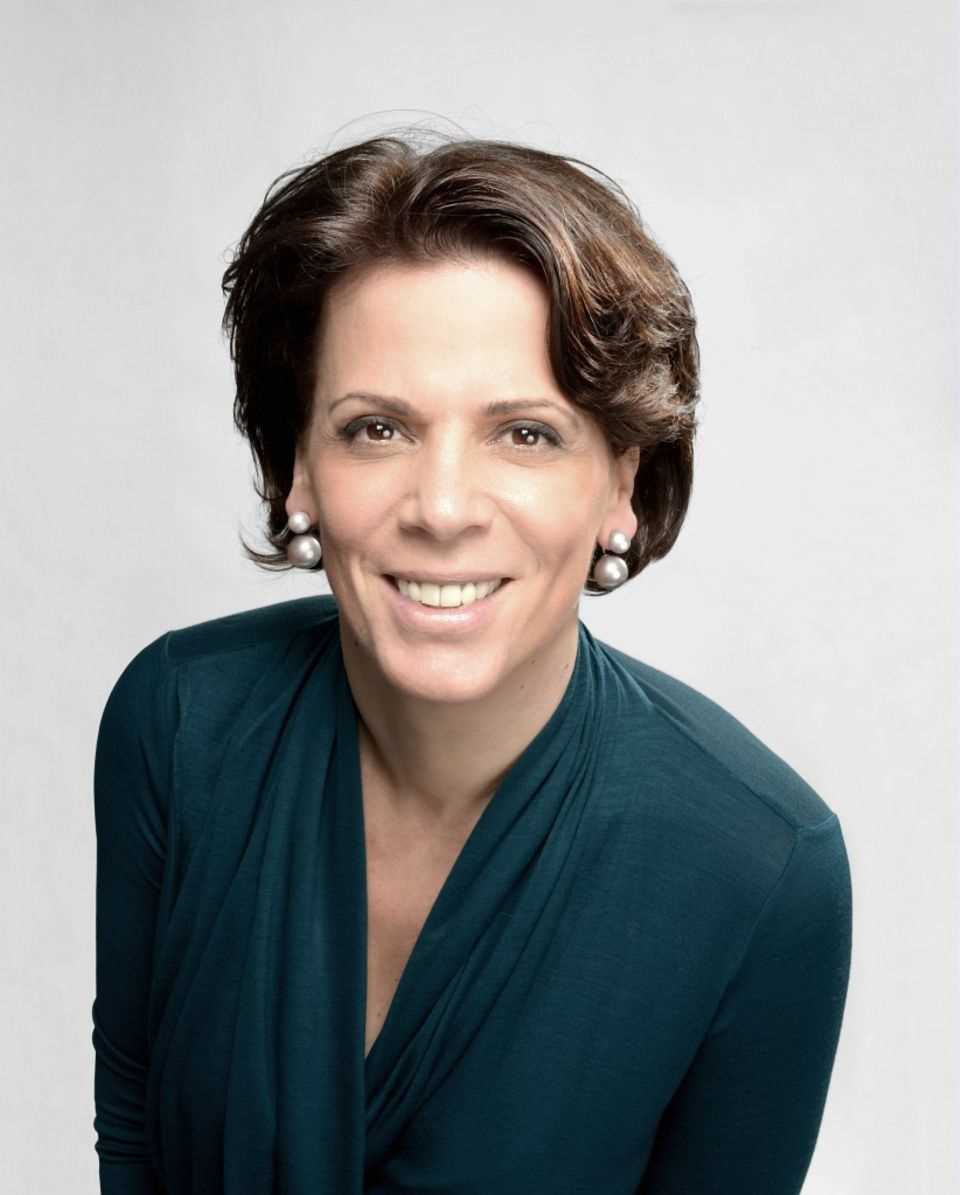What does sustainability mean today and what does the future of the cosmetics industry look like? BRIGITTE asked an expert.
Sustainability – a term that is becoming more and more important. For all of us. And yet for many of us there is a big question mark behind it. Where is the trend heading and what should we really pay attention to if we want to be more sustainable? To shed some light on the darkness, we met Alexandra Palt, Chief Corporate Responsibility Officer & Executive Vice President of the L’Oréal Foundation, for an interview.
BRIGITTE: We come across the word “sustainable” almost everywhere in everyday life, and it is used in an almost inflationary way. What does sustainability mean to you?
Alexandra Palt: That has changed a lot in the last few years – for each of us. For me, sustainability means working and living within the limits of what is possible. Sustainability does not just mean “less bad”, it also means that it is compatible with planetary boundaries. But that will continue to develop; In ten or 20 years, we may understand that sustainability means having a positive impact on the planet.
Many companies are increasingly relying on solid cosmetics or refillable packaging – is that the future of the beauty market?
I think different solutions will coexist. Of course, solid cosmetics have an ecological footprint. But I don’t think that all consumers are ready to go in this direction. Germany is a pioneer in this regard. But there are parts of the world where solid cosmetics are not very welcome. So what we have to do is develop other innovative products that have less of an impact on the environment. And at the same time see what we already have and how we can improve it. You don’t have to be against plastic in principle, but you have to be against new plastic. Our goal is to use only recycled plastic in our product packaging by 2030. This applies to all brands.
And why is it that Germany is a pioneer and that solid cosmetics have not even arrived in other countries?
It always depends on how a country and its culture influence consumer behavior. Germany and Austria started recycling very early on.
In the packaging industry there are constantly new materials and ideas on how less waste can be produced. What innovations are there currently or what is currently being worked on?
We work a lot on packaging, which consists mainly of FSC-certified cardboard and only a little plastic; we work a lot on solid cosmetics and refillable products. And of course new recycling methods. We have invested heavily in companies that are developing new recycling methods for plastic so that it can be used over and over again.
We have the responsibility and the influence to change the big company that we are. We don’t just have to look for innovations, we also have to produce them so that everyone can use them.
Saving on packaging in the luxury segment – how should that work? After all, it is part of the buying experience.
We work a lot with refill and recharge here. We are working on the introduction of recycled glass and materials. But we also have to manage to induce consumers to adopt a new buying behavior. This is definitely a segment in which a lot can still develop.
Our job is to create the same feeling, the same efficiency and at the same time be sustainable. However, many consumers are not yet ready to make compromises.
Does that mean, conversely, that products are becoming more expensive?
No, that’s not our goal. Our guiding principle has always been: “Our products must have financial and cosmetic performance.” There is now a third element – and that is sustainable performance. A product has to combine all three, because that is the world of tomorrow.
What can each of us do at this moment at home to take a step towards sustainability and improve our ecological footprint?
For everyone: n different things are important. The most important thing is how each: your individual uses a product in the bathroom. How hot do you use the water? How long do you take full baths? A shampoo creates 70 percent of the carbon footprint in your own bathroom, only 30 percent at L’Oreal. Therefore: showering less long and two degrees less hot changes the CO2 footprint significantly. For example, you can also use a leave-in conditioner instead of a rinse-off product. We do our job. We have decided that every product has to get better. That has led to an overall change. We don’t always do everything perfectly and we don’t have all the solutions yet, but we are always on the way to creating improvements and include our entire ecosystem here.
If you could just give one lasting piece of advice to everyone out there, what would it be?
Do not feel guilty! For example, I’m a fashion fan and maybe I’m not yet at the level of sustainability that I want to be. But it’s me on other levels. I try to approach it with a positive attitude. It’s a process, a new definition of the good life.

Alexandra Palt
© L’Oreal / PR
Who is Alexandra Palt?
Alexandra Palt is responsible for sustainability on the board of the L’Oréal Group. The lawyer started her career at Amnesty International and later worked at the Federal Ministry of Labor and Social Affairs in the area of ”Corporate Social Responsibility”. In 2012 she started the project “Sharing Beauty With All” at L’Oreal, a sustainability program by L’Oréal that sets commitments that address the company’s impact across its value chain. This project has four goals in mind: developing new products sustainably, producing sustainably, living sustainably and making a contribution to the sustainable development of our society.
Source used: own interview
